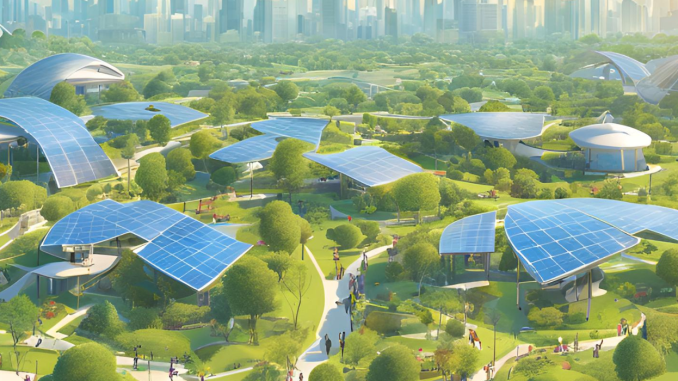
Bottom line: Shifting from disposable to durable isn’t just good for the planet — it’s smart economics. When communities build to last, they build health, wealth, and resilience for all.
From Throwaway Culture to Built-to-Last: Why It Matters
Why it matters: Decades of planned obsolescence and mass consumerism have fueled waste and poor health.
Transitioning to durable, repairable, and cooperative systems strengthens local economies and protects communities.
“When we build to last, we build resilience, health, and wealth.”
The problem
- Planned obsolescence locks consumers into endless replacement cycles.
- Mountains of waste and pollution damage air, water, and public health.
- Wealth flows outward to distant corporations instead of staying local.
The shift
Communities are embracing build-to-last models:
- Right-to-repair policies keep products fixable and out of landfills.
- Cooperative manufacturing: Local makers share tools, profits, and designs.
- Circular systems: Materials are reused instead of discarded, cutting costs and waste.
Why business should care
- Lower costs: Durable goods reduce dependency on raw materials and complex supply chains.
- New revenue: Repair services and remanufacturing open recurring income streams.
- Consumer trust: Brands gain loyalty by prioritizing longevity over disposability.
- Policy alignment: Incentives for sustainable design are expanding globally.
By the numbers
- The world generates 53M tons of e-waste annually — only 17% is recycled.
- Circular design could unlock $4.5 trillion in global growth by 2030.
- Durable, local production creates 2–3x more jobs than offshore mass manufacturing.
Case in point
- Fairphone: Modular phones designed to last, with easily replaceable parts.
- France’s repair bonus: Paying consumers to fix appliances instead of replacing them.
- Community tool libraries: Local co-ops lending tools and resources to reduce waste and costs.
“Longevity is the ultimate form of sustainability.”
Bottom line
Moving from disposable to durable isn’t just about saving the planet — it’s smart economics.
Communities that build to last create healthier people, stronger local economies, and a more resilient future.

